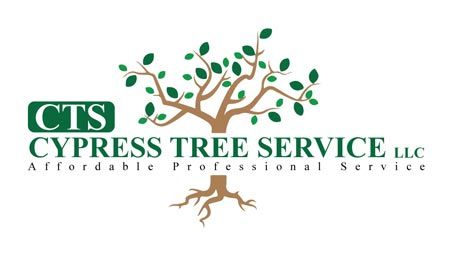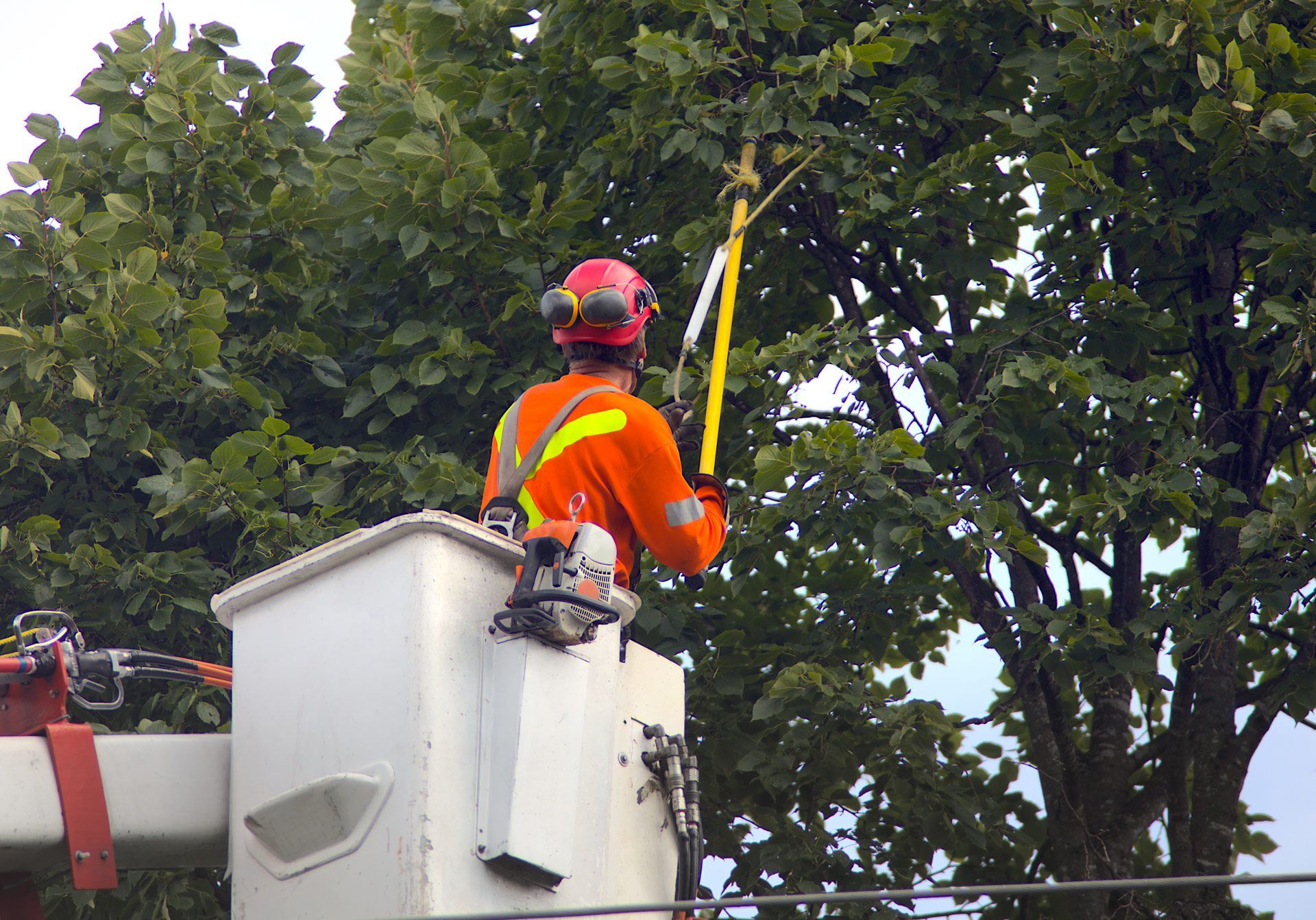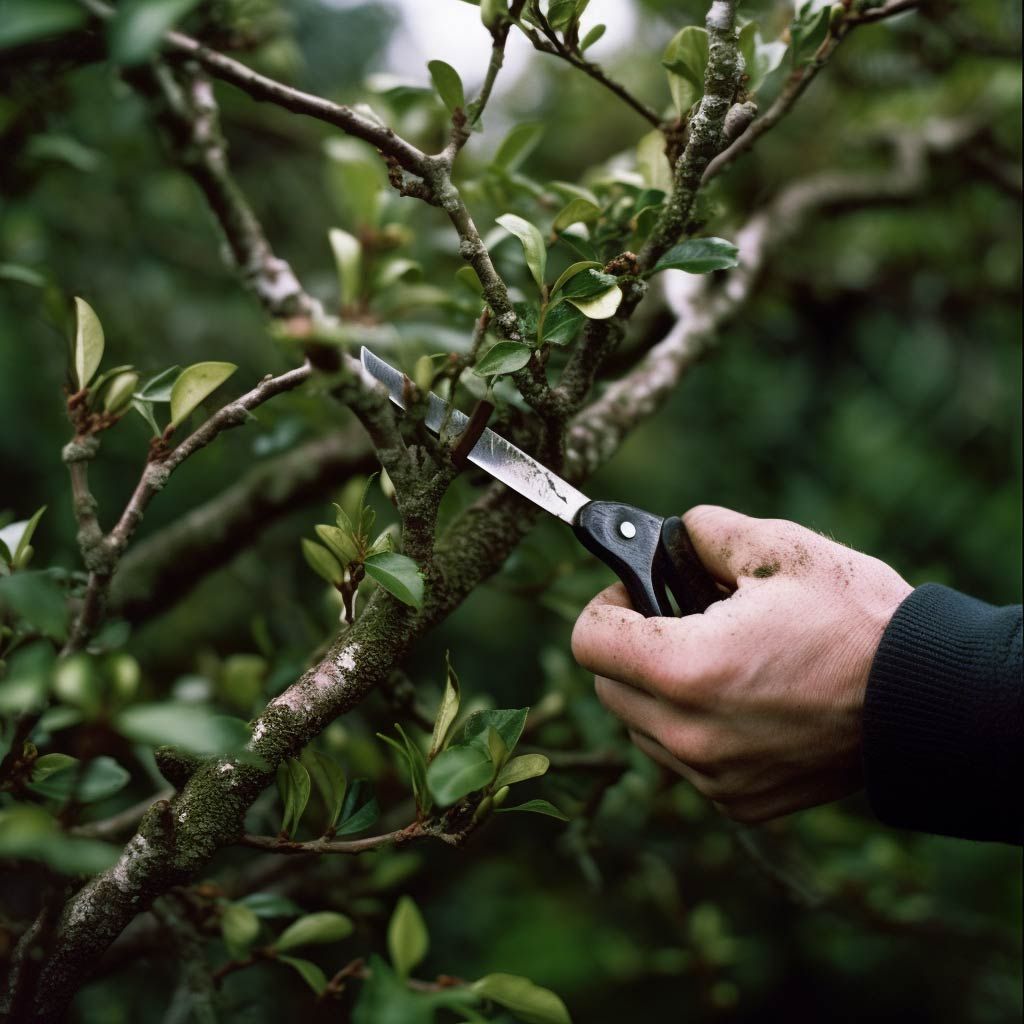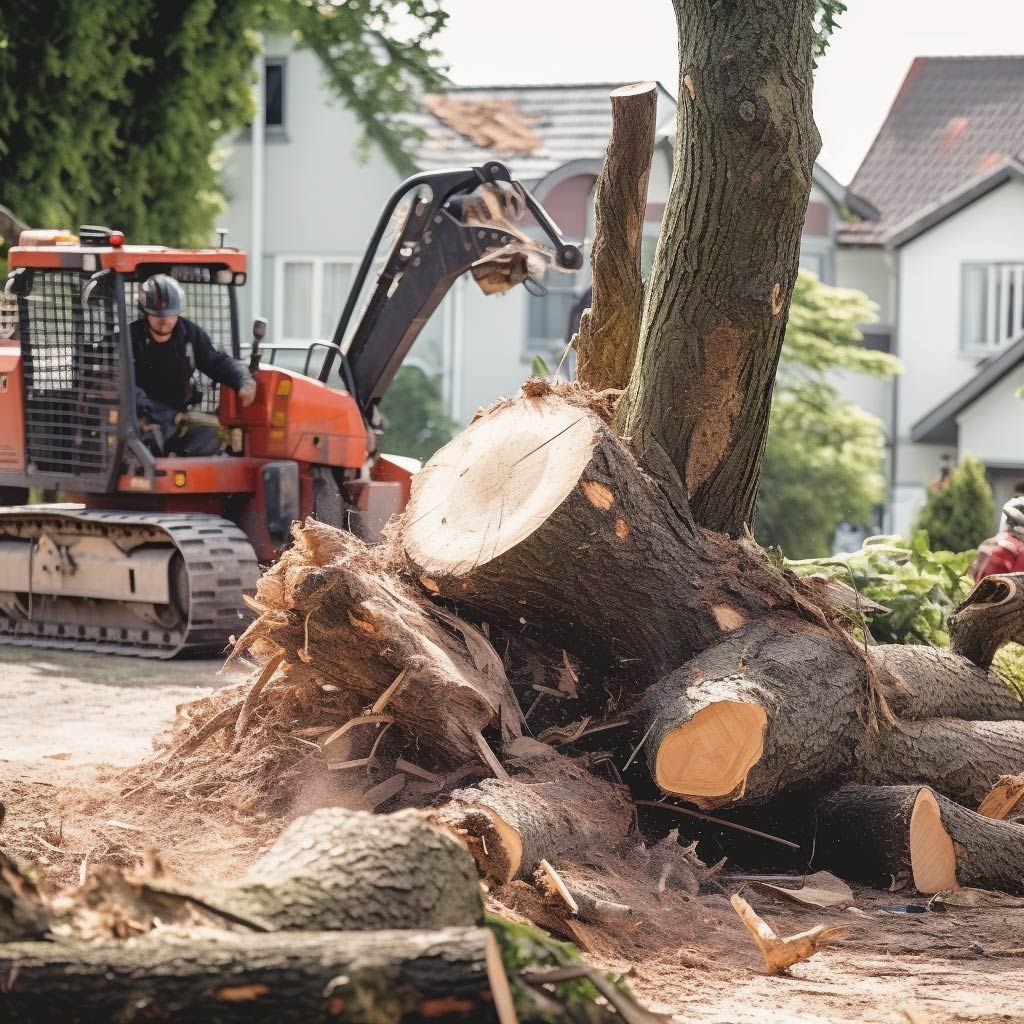When Do I Need to Trim My Trees: The Signs
When Do I Need To Trim My Trees? What Are The Signs?

Trimming trees is not just about looks. It's key for their health and our safety. Getting the timing right is crucial. It helps trees heal, affects their growth, and can ward off pests and diseases. We'll walk you through the signs that say "It's time to trim." This way, you'll know exactly when to act to keep your trees in top shape.
Sign 1: Dead or Dying Branches
First up, keep an eye out for branches that look out of place because they're dead or dying. These are not just an eyesore; they're a beacon for pests and diseases, a liability for the tree's health, and a safety hazard for anyone below. When branches no longer bear leaves, show signs of decay, or feel brittle to the touch, it's time for them to go. Removing these branches helps the tree focus its energy on healthy growth and reduces the risk of unexpected falls during bad weather.
Sign 2: Overcrowded or Rubbing Branches
When branches start to crowd together or rub against each other, it's a red flag. This friction can cause damage to the bark, opening doors for diseases to enter. Plus, overcrowded branches can block sunlight and air from reaching the inner parts of the tree, stunting its growth. Trimming these branches not only prevents damage but also improves the tree's overall health by enhancing air circulation and light penetration. A well-spaced branch structure allows the tree to develop more robustly and beautifully.
Sign 3: Misshapen Growth
A tree with misshapen growth can lose its structural integrity, making it more susceptible to damage from weather or the weight of its own branches. If you notice your tree starting to grow in a lopsided manner, or if it has an uneven canopy, it's a clear sign that trimming is necessary. Proper pruning can redirect the tree's energy towards balanced growth, ensuring stability and a pleasing appearance. This not only enhances the tree's aesthetics but also contributes to a healthier, stronger structure capable of withstanding environmental stresses.
Sign 4: Low-Hanging Branches
Branches that hang too low can be more than just a nuisance; they pose a risk to safety, obstruct pathways, and can even threaten structures if left unchecked. If you find yourself ducking under branches or noticing them brush against your roof or windows, it's time for a trim. Pruning these low-hanging limbs enhances the tree's shape, opens up space, and, most importantly, removes potential hazards. It's crucial for maintaining a safe and accessible environment around your property.
Sign 5: Signs of Disease
Trees, like any living organism, can fall prey to various diseases. Indicators such as unusual leaf discolorations, spots, wilting, or the presence of fungi and pests signal that your tree is in distress. These symptoms can lead to weakened trees that are more prone to damage and less capable of withstanding environmental stresses. Timely pruning of affected branches can stop the spread of disease and give your tree a fighting chance to recover. Identifying and addressing these signs early can be crucial in preserving the health and lifespan of your trees.
With this understanding of key signs, you're better equipped to maintain the health and safety of your trees. Next, let's touch on an often-asked question: when is the best time to trim your trees?
Bonus Note: The Best Time to Trim Your Trees
While you should always remove dead, dying, or hazardous branches as soon as you notice them, the ideal time for more extensive trimming is during the tree's dormant period. For most trees, this period falls in late winter or early spring, before the growth season begins. This timing minimizes stress on the tree, allows for better wound healing, and provides a clear view of the tree structure without leaves, making it easier to decide which branches to trim.
However, there are exceptions. For example, spring-blooming trees are best pruned just after their flowers fade to avoid cutting off the next year's buds. Subtropical trees, which may grow year-round, can be trimmed at any time, though even they benefit from winter trimming when growth slows.
Conclusion
In wrapping up, recognizing the signs for when to trim your trees—such as dead or dying branches, overcrowded limbs, misshapen growth, low-hanging branches, and signs of disease—is key to not only maintaining the beauty and health of your landscape but also ensuring its safety. Coupled with understanding the optimal timing for trimming, these insights empower you to make informed decisions that support the well-being of your trees. Remember, healthy trees contribute to a healthy environment, enhancing the aesthetic, ecological, and economic value of your property. Armed with this knowledge, you're well-equipped to keep your trees thriving and your surroundings safe. Whether you tackle tree trimming yourself or enlist the expertise of professionals, the care you invest in today lays the groundwork for the lush, vibrant landscape of tomorrow.
Take Action Today and Experience the Difference with Cypress Tree Service!
From tree removal and pruning to storm damage cleanup and snow plowing, we've got you covered. Don't wait; experience the exceptional quality, reliability, and professionalism that make us the preferred tree service provider in Sparta, NJ. Contact us today to schedule a service or to learn more about what we can offer you and to get free estimates. Let Cypress Tree Service make a remarkable difference to your landscape at a reasonable price today!
Contact Us
We will get back to you as soon as possible.
Please try again later.
Contact Information
Address:
66 Lee Hill Rd, Byram Twp, NJ 07821, United States of America










